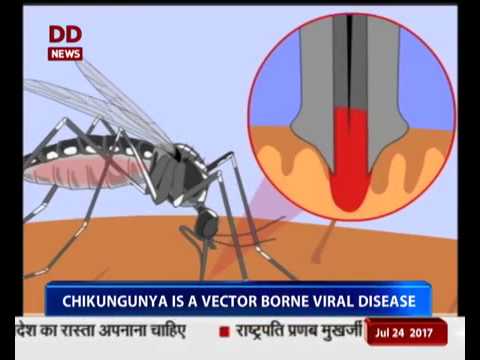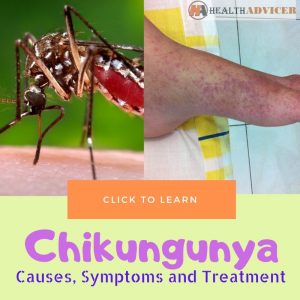
Chikungunya disease is one of the most common mosquito-borne diseases, affecting many countries. While the WHO has no specific antiviral drugs, non-steroid analgesics have been shown to have some success in relieving symptoms. This virus is endemic to Southeast Asia, Africa, and the Indian subcontinent, with occasional outbreaks in the Americas. As of the end of September 2016, there were 693,489 suspected cases and 71 deaths in the world.
The virus is spread by mosquito bites. The first week of illness is the most important time to avoid mosquito bites. While you’re sick, chikungunya virus is still circulating in your blood, allowing it to infect other people. This means you should avoid going outside and exposing others to your illness. Although the disease is usually treatable with antivirals and anti-inflammatory drugs, there are other steps you can take to prevent the infection.
The symptoms of chikungunya can include joint pain and fever. If you’re infected, you should avoid mosquito bites until you feel better. In the first week of illness, the virus is still circulating in your blood, and can be passed on to new mosquitoes. If you contract chikungunya during this time, you should avoid being in the same area as a mosquito for the next week.
In 2013, there was an outbreak of chikungunya in the Americas, which originated in two laboratory-confirmed cases in St Martin. The outbreak spread quickly throughout the Caribbean and the rest of the world, including the European Union. The European Centre for Disease Prevention and Control reported 72 cases, mostly in France, the United Kingdom, and Germany. Despite the large number of new cases, the virus is also spreading in many countries, including the US and Canada.
Infected individuals are at risk of developing the virus. Various tests will determine whether a person has the disease. While most cases will be locally acquired, the virus is widely distributed throughout the Caribbean. Most people will contract the disease in two to three outbreaks in one month. If you are infected, you must seek medical attention as soon as possible. The infection can be deadly in both humans and animals.
The number of cases will continue to rise in 2021. Belize has had 737 cases and 40 confirmed cases. Bolivia has 343 confirmed cases and eight deaths. In Brazil, 118,019 cases are expected, including 57,221 confirmed infections and eight deaths. In addition to the United States, the virus has been reported in many countries. In Africa it is endemic to monkeys and wild mosquitoes.

The virus is transmitted through a mosquito bite. The disease can be acute or chronic, affecting joints and muscles. Symptoms may last for several days or even weeks. Infected people are advised to avoid mosquito bites during the first week of illness. Although the disease is rarely fatal, if symptoms persist, physical therapy may be helpful. A person with chikungunya should seek medical help as soon as possible.
Symptoms of the disease include fever, joint pain and joint rash. In severe cases, the virus can lead to severe, life-threatening joint pain. Patients may have a high fever, symptoms of arthritis, or a combination of both. Some patients may have severe illness from the virus. Luckily there are no antibiotics for chikungunya.
If you have chikungunya, you should avoid mosquito bites for the first week of illness. During this time, the virus can be transmitted to new people through mosquito bites. You should seek medical attention by visiting the health website extrarunner.in.th
if you develop symptoms. There is no specific cure for chikungunya. If you have symptoms, take fever-reducing medications and drink more fluids.
The virus is carried by mosquitoes. A newly infected person can acquire the virus from an uninfected mosquito and transmit it to a new naive host. This is why the disease is so dangerous – a person infected with this disease will die within a few days. In addition, it is not transmitted from person to person. Only infected people can become infected. However, it is possible to transmit the virus from one person to another by eating another person’s blood.
